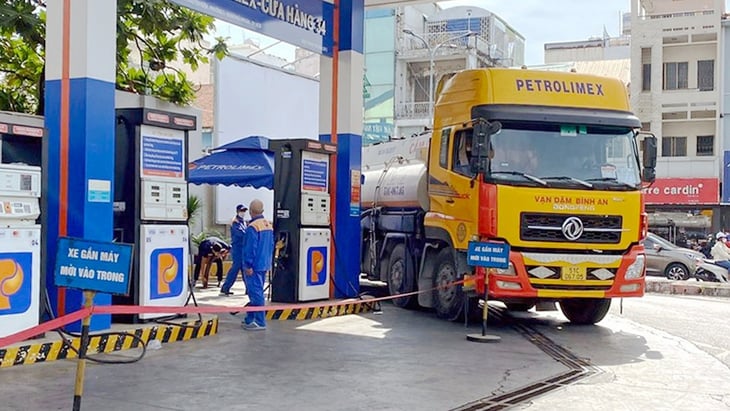
The tense war situation in the world has pushed up world oil prices, putting pressure on domestic prices - Photo: TU TRUNG
Many petroleum businesses are worried that price fluctuations will cause discounts to be squeezed, and supplies will begin to show signs of scarcity, making it difficult for many retailers to access goods.
If prices continue to increase, businesses may lose thousands of dong per liter.
World oil prices continue to rise sharply in the context of the escalating Israel-Iran war and the official US involvement. As of the beginning of this week, WTI oil prices increased by 0.73 USD to 74.58 USD/barrel, while Brent oil increased by 0.81 USD to 76.26 USD/barrel - the highest level since January.
According to forecasts, if the increasing trend continues, domestic retail prices in the next adjustment period may increase by 1,400 - 1,500 VND/liter, bringing the total increase from the beginning of June to about 3,000 VND/liter.
The pressure to increase prices has caused gasoline discounts to continue to be tightened. Ms. MNTr., owner of a distributor in Ho Chi Minh City, said that the discount is now only about 50-200 VND/liter, even 0 VND in some places, and supply is starting to become scarce.
"If the previous period saw prices increase by 1,000 - 1,4000 VND/liter for gasoline products, the discount was still 300 - 500 VND/liter, then last weekend, the US's entry into the war caused prices to continue to increase, and key traders squeezed the discount to only 50 - 200 VND/liter.
Even this morning (June 23), many traders reported that the discount in some places was only 0 VND, the sales outlets were limited so not everyone with capital could import goods to sell. Thus, for each liter of gasoline sold, distributors, especially agents and retail stores, lost up to thousands of VND" - Ms. Tr. said.
Similarly, Mr. PVB - owner of a retail store in Ho Chi Minh City - said he is accepting losses to maintain operations. "Temporarily closing means losing customers. Previously, when closing for a few days, sales dropped 30-50% after reopening. So now, even though the discount is low, we still have to try to sell to maintain the market."
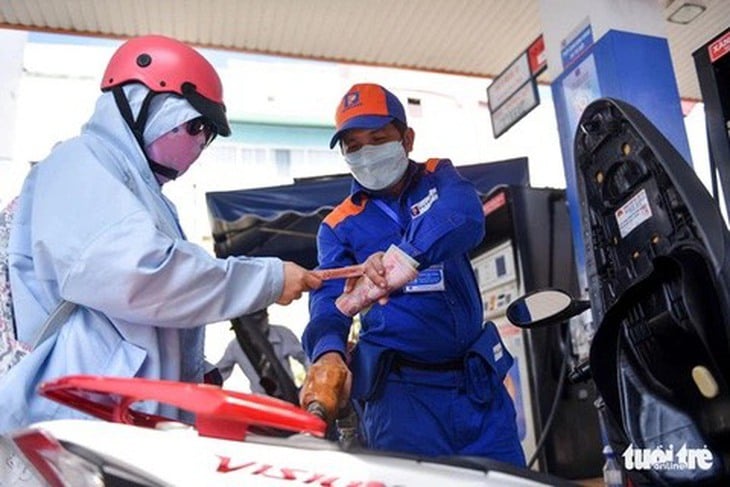
Illustration: NGOC PHUONG
Risk of supply disruption if oil prices continue to climb
Despite efforts to maintain operations, many businesses say they will find it difficult to survive if oil prices continue to rise, discounts remain low, and they have to sell at a loss of thousands of dong per liter. With total operating costs of 1,500 - 1,700 dong per liter, many gas stations are operating below cost.
Speaking with Tuoi Tre, a key business in the West said that it currently only prioritizes supplying goods to partners who have signed contracts because the import price is so high that the key businesses themselves do not dare to import more.
Although domestic and regional supply remains stable, high prices have severely affected the reserve and capital turnover capacity of small units.
"The discount must be 800 - 1,000 VND/liter to break even, while now it is only a few dozen VND, or even 0. If the situation lasts another week, the retail market will be very difficult.
"Distribution by day and by available quantity makes the risk of supply disruption completely possible," warned a representative of this business.
Many opinions say that it is necessary to have measures to stabilize or support discounts soon, to avoid businesses falling into the situation of "selling at a heavy loss, not selling and losing customers", while at the same time ensuring a stable supply for the market during a period of global geopolitical fluctuations.
"The supply of goods is limited due to the sharp increase in prices. Businesses cannot take the initiative in distributing goods, so they can only distribute by day. It is difficult to ensure supply to the market if demand increases and some units are disrupted, causing fluctuations in supply and demand in the market," said this leading business.
Waiting for support, operating the stabilization fund again
Faced with prolonged price pressure and the risk of supply shortages, many businesses have proposed that the Ministry of Industry and Trade soon consider re-operating the Petroleum Price Stabilization Fund to support the market and reduce the burden on both businesses and consumers.
At a press conference last weekend, Mr. Hoang Anh Duong - Deputy Director of the Department of Domestic Market Management and Development, Ministry of Industry and Trade - requested that petroleum wholesalers strictly implement the registered plan to ensure supply.
According to the report, the total supply of petroleum nationwide in the first 5 months of the year reached more than 12.5 million m³, of which imports accounted for 38%. The Ministry has requested key traders to strictly implement the supply plan, ensure adequate reserves and distribution to the market, and closely coordinate with two domestic refineries to maintain stable production.
Since the beginning of 2025, all petroleum products have not set aside or used the price stabilization fund. Meanwhile, according to the report, the fund balance at the end of 2024 is still more than 6,067 billion VND, currently managed by more than 30 key traders. The reactivation of this tool is expected to contribute to curbing price increases in the context of unpredictable developments in the war in the Middle East.
Regarding policy management, Deputy Minister of Industry and Trade Nguyen Sinh Nhat Tan said that the ministry has submitted to the Government a draft decree amending regulations related to petroleum trading, including adjusting the method of calculating prices and the mechanism for using the price stabilization fund. When approved, these changes are expected to help increase proactiveness in regulating the market and ensure supply and demand balance in the current volatile period.
Logistics costs skyrocket, businesses worry about facing difficulties
The escalation of tensions in the Middle East has caused shipping and insurance costs, as well as freight rates, to skyrocket.
Spot freight rates from Shanghai to Jebel Ali (the largest port in the Arabian Gulf) have increased by 55% month-on-month, while very large crude carrier (VLCC) rates from the Middle East to China have increased by 154% week-on-week.
Freight rates for long-range tankers (LR2) on the Middle East-Japan route have increased by 148% and for liquefied natural gas carriers (VLGCs) by 33%. Hull and machinery insurance premiums for ships transiting the Strait of Hormuz have increased by more than 60%.
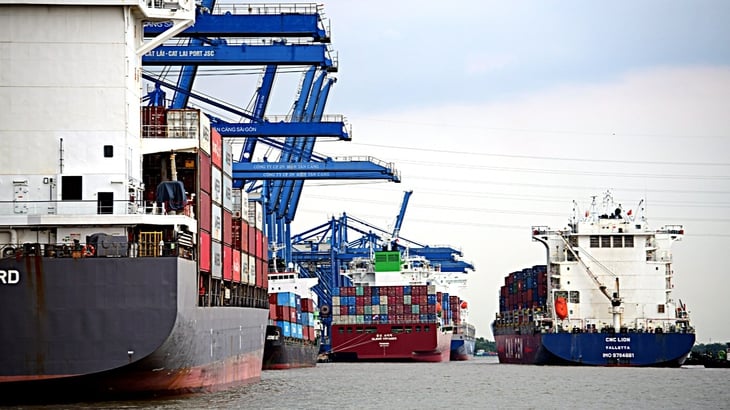
Import and export of goods at Cat Lai port (HCMC) - Photo: QUANG DINH
Global trade data firm Kpler predicts a 7-10% spike in crude oil prices, potentially pushing Brent to nearly $85 a barrel. However, many experts and historical data suggest the rally may not last.
Domestically, Vietnamese enterprises are also directly affected by import and production costs of all components of the domestic economy.
According to preliminary data from the General Department of Customs, in the first four months of 2025, Vietnam imported more than 3.2 million tons of petroleum, worth 2.2 billion USD. The main import sources include Singapore (44%), South Korea (24%), China (14%), Malaysia (10%) - all countries affected by fluctuations in the Middle East oil market.
In addition, Kuwait, China, UAE... are also major markets supplying crude oil and liquefied gas to Vietnam.
"If oil prices continue to rise sharply, domestic gasoline costs will be pushed up, affecting transportation, production and consumption. Importing enterprises will face great pressure on cost of capital, while consumers will suffer inflationary pressure. At the same time, shipping costs and cargo insurance will also increase, making import and export difficult," the director of a logistics enterprise worried.
Source: https://tuoitre.vn/doanh-nghiep-xang-dau-chao-dao-theo-chien-su-20250623215514424.htm



![[Photo] General Secretary To Lam receives Vice President of Luxshare-ICT Group (China)](https://vphoto.vietnam.vn/thumb/1200x675/vietnam/resource/IMAGE/2025/11/15/1763211137119_a1-bnd-7809-8939-jpg.webp)
![[Photo] Prime Minister Pham Minh Chinh meets with representatives of outstanding teachers](https://vphoto.vietnam.vn/thumb/1200x675/vietnam/resource/IMAGE/2025/11/15/1763215934276_dsc-0578-jpg.webp)

![[Photo] Panorama of the 2025 Community Action Awards Final Round](https://vphoto.vietnam.vn/thumb/1200x675/vietnam/resource/IMAGE/2025/11/15/1763206932975_chi-7868-jpg.webp)



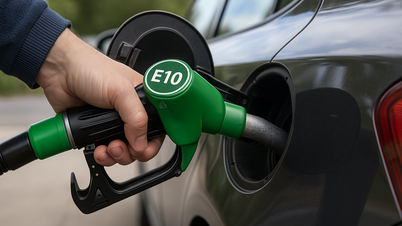


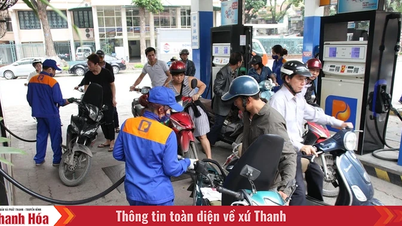
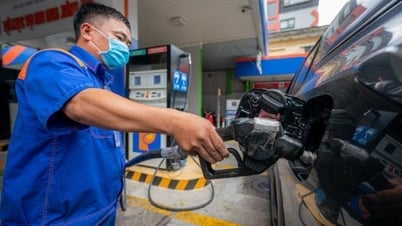



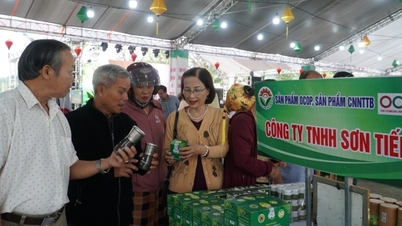















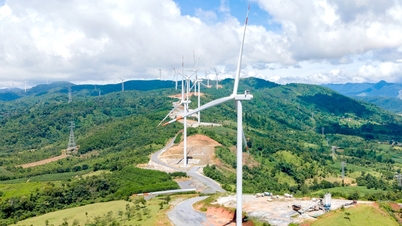




















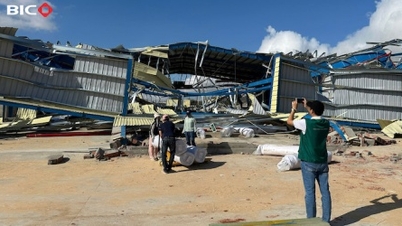





























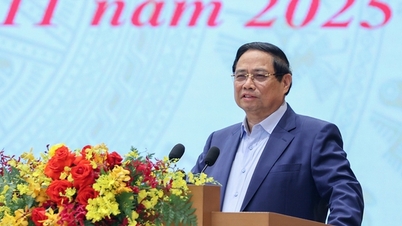





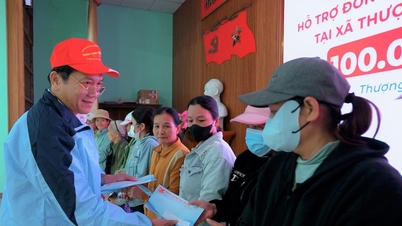

















Comment (0)